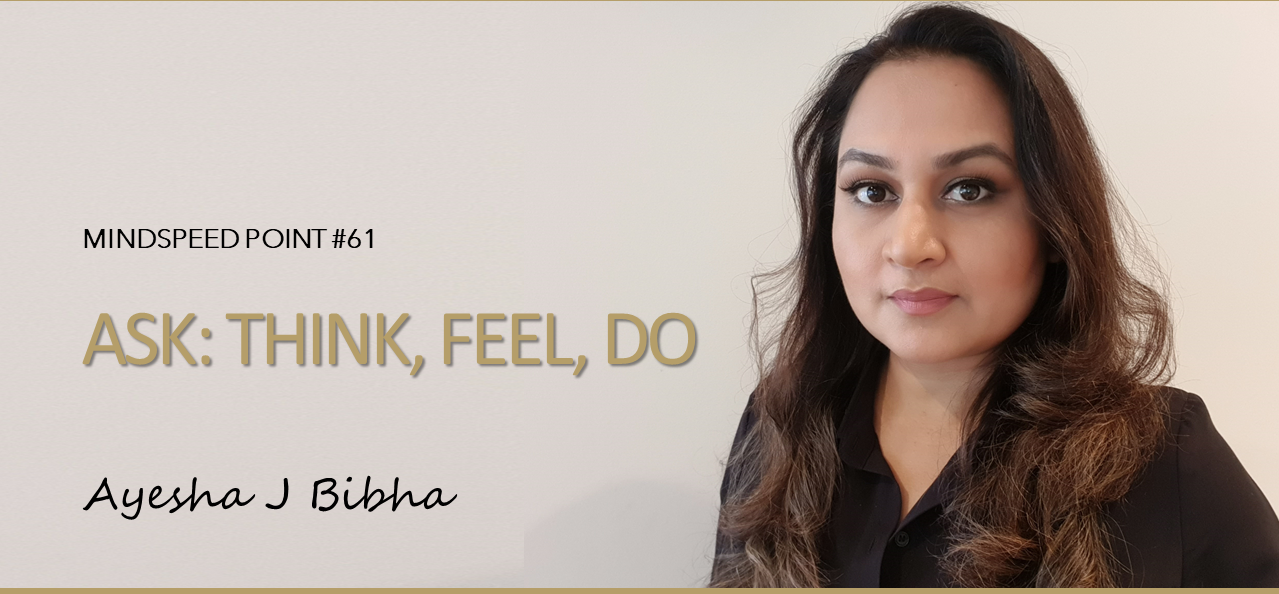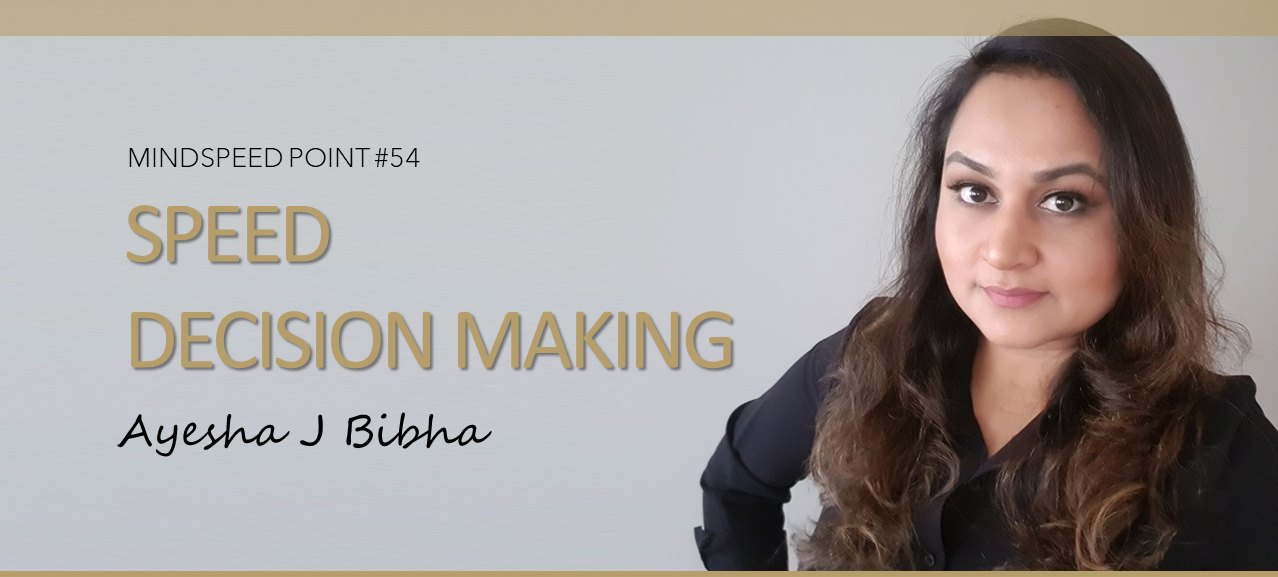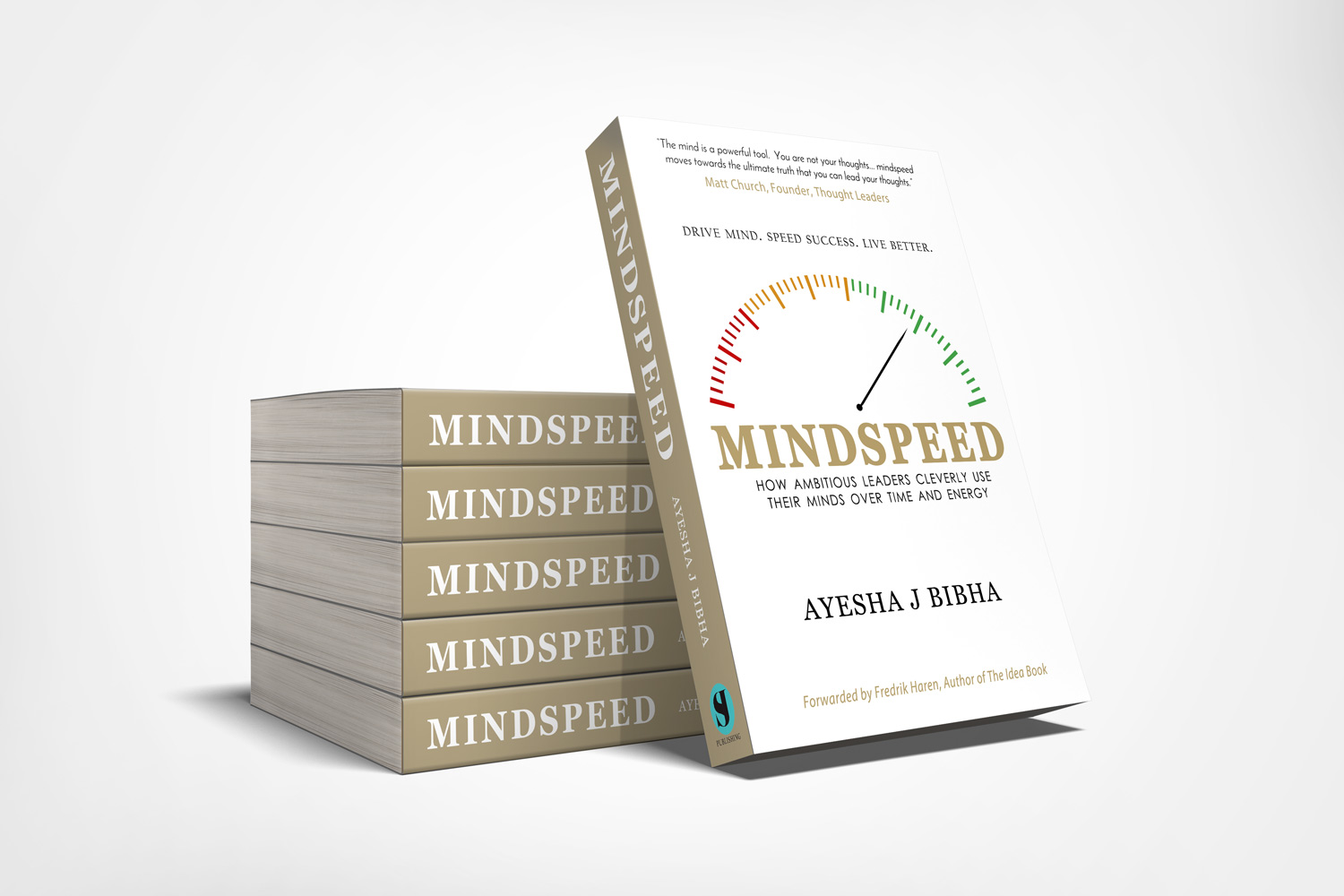While we all agree that investing in people is essential, business leaders often demand a quantifiable return on their investment (both time and budget). When wellbeing is the key to performance, knowledge workers increasingly need mental wellbeing during work hours. And workplace wellbeing can play a crucial role in helping employers maximise those hours regardless of working online or offline or hybrid.
According to Gallup, teams who score in the top 20% in engagement realize a 41% reduction in absenteeism, and 59% less turnover.
No doubt, increasing a company’s ability to improve productivity depends on the wellbeing of the employees. And employees who use their brains to make better decisions in complex situations need to learn how to leverage their mindspeed to impact the business speed.
Mindspeed is an insight-based idea. By implementing the concept, we can promote an agile, resilient and insightful culture which is the prerequisite of change and innovation. Leaders and organisations can get immense benefits by adapting neuroscience-based insights to lead change, innovation, and wellbeing.
Mindspeed in the workplace:
Research of the brain and its functions (neuroscience) has proven that our brain can keep learning new things, adapting to changes, and improving our performance in a relatively short space of time. Mindspeed is a driven formula from neuroscience-based insights in organisational and social behavioural fields. The neuroscience research findings provide vital insights on corporate applications that support performance, leadership, and culture in today’s VUCA world. And the beauty is, these can all be easily adapted through forming a new system of decision, emotion and habit.
Mindspeed based applications, awareness or training can support leaders to connect through conscious awareness, positive emotion, engaging feedback and new habit formation. This approach can boost results considerably over time. It’s also a skill set that can help build much stronger relationships with clients and stakeholders.
The application of Mindspeed helps the ambitious leader to bring out the passion among their team as well. For doing this, you must –
Be sensitive to how each team member responds to a situation
Recognise that a person’s emotional state has enormous consequences for their performance. For example, if the goal is to devote five hours a week to generate new business, it’s important to consider everyone’s emotional responses to delivering on this promise.
Dr. Evian Gordon explains that our brain works on two principles: it wants to minimize threat and maximize reward with two modes of operation – non-conscious and conscious. The non-conscious one is quicker and more energy efficient, but at the same time the non-conscious part of our brain gets highly influenced by our emotion and feelings.
Help people plan their big actions
You can assist team members in planning when to structure this initiative into their day by using business examples. Concrete action plans have an increased chance of success.
When you plan for the team, the team member’s mind doesn’t get motivated, encouraged or dedicated to the goal. Instead, when they make their plan, they get the dopamine hit in their mind that arouses their feel-good neurochemicals, and the team member gets motivated toward their own goal.
Ask more questions than you answer.
Ask more questions than you answer when someone approaches you for a solution. Use the insights you gain through the questions you ask to lead your client or team member to their conclusions, rather than telling them what to do.
To get real insights through the questions, the traditional method GROW is not enough. It only focuses on the top part of the iceberg that has elements of SMART, ignoring the non-conscious part of emotion and feelings. Brain-based conversation bridges the gap.
Pay attention, provide feedback on little progress
Pay attention to, and provide positive feedback on the small developments made by people to form new personal habits. Have regular coaching conversations. These are separate from your work-in-progress meetings and should focus on the individual team member and what new habits they’re forming.
Knowledge-based workplaces are not sustainable with a reward-punishment culture. The reward-threat state in the workplace hinders performance, cooperation, creativity, collectiveness, and courage.
Mindspeed based leadership can approach creating a positive work environment that starts from transforming self-leadership changes. By reinforcing employee wellbeing, we can develop a culture of engagement, collaboration, and inclusion, which will generate ROI with happier and healthier employees who ultimately ensure employers are competitive and profitable.
Onwards,
Ayesha
——————————————————————————
Subscribe to Newsletter | Get Mindspeed eBook | Listen to TED talk










